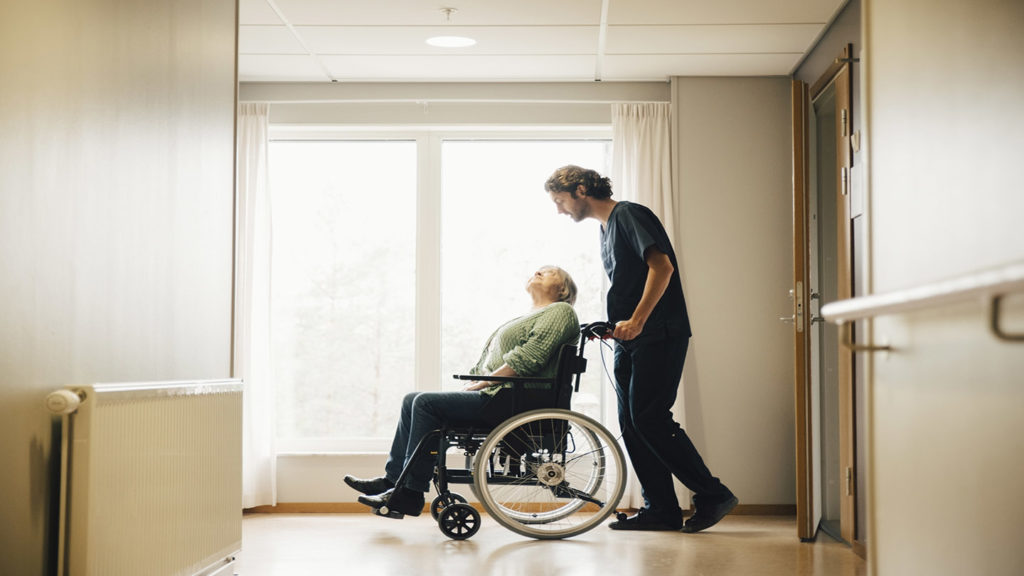
Dementia care has improved since the 1970s, but many people still lack access to high-quality care. Disadvantaged groups, especially racial and ethnic minorities, still face challenges in accessing care, services and supports.
That was the impetus for the work of an ad hoc committee from the National Academies of Sciences, Engineering and Medicine that, at the request of the National Institute on Aging, discussed how to move beyond trying to control behavior and addressing administrative regulations, to focus on personhood and improving the well-being of individuals with dementia and their caregivers.
The resulting report, “Meeting the Challenge of Caring for Persons Living with Dementia and Their Care Partners and Caregivers: A Way Forward,” looks at which care interventions for people with dementia, and their caregivers, are ready for dissemination and implementation on a broad scale. It also offers a blueprint to guide future research using rigorous methods that are inclusive, equitable and provide critical information for real-world implementation.
According to the committee, 3.7 million to 5.8 million Americans are living with dementia, receiving care from 21.6 million caregivers and care partners — family and friends and direct care workers in homes and residential care settings.
“Dementia care interventions are complex as a result of the multiple levels at which they are implemented; the interactions among those levels; the diversity of persons living with dementia, care partners and caregivers; and the complexity of the interventions themselves,” Robyn Stone, DrPH, senior vice president of research at LeadingAge and a committee member, said Tuesday during a NASEM webinar about the report.
The group determined that two types of programs — collaborative care programs and the REACH (Resources for Enhancing Alzheimer’s Caregiver Health) trials — met the standards for further consideration and implementation on a broader level.
Collaborative care programs use multidisciplinary teams to integrate medical and psychosocial approaches to the care of people living with dementia.
The REACH trails address the importance of providing care partners and caregivers with the knowledge, skills and access to resources necessary to promote their own wellbeing, as well as the person living with dementia. REACH has been adapted for different populations and in different settings across the United States.
Eric Larson, committee chairman and a senior investigator at the Kaiser Permanente Washington Health Research Institute, said he hoped the committee’s report will be a “catalyst for change and improvement for the future.”
The body’s final recommendations, the report said, are meant to “provide a path forward” for future research, the steps of which are to:
- Implement and evaluate outcomes for collaborative care models in multiple and varied real-world settings.
- Implement and evaluate outcomes for REACH II in multiple and varied real-world settings.
- Prioritize strong, pragmatic and informative methodologies.
- Prioritize research that promotes equity, diversity and inclusion across the full range of populations and communities affected by dementia.
- Support research capable of providing evidence that will be needed to make inclusive decisions and implement interventions in the real world.
“Given current major deficits in the care, services and supports that are available now, providing these interventions to those who could benefit would be a step forward. Yet, this is not a final answer,” the report authors wrote. “It is important that research continue to develop and evaluate other potentially promising interventions, many of which have shown some signal of benefit.”
The project was funded by the National Institute on Aging and its parent organization, the National Institutes of Health, as well as the U.S. Department of Health and Human Services.




